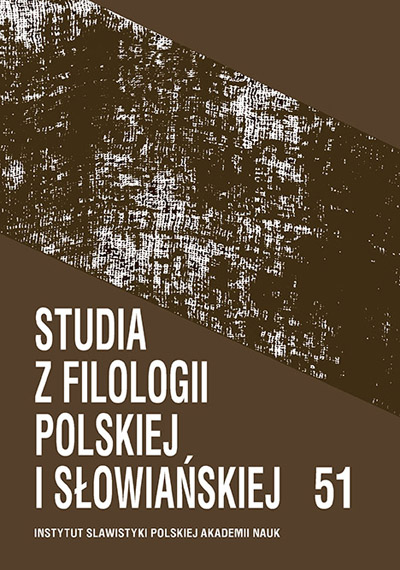Джип подрезал «форда», или Существует ли в русском языке грамматическая категория одушевленности / неодушевленности?
Jeep cut in “ford”, or Does the grammatical category of animateness / inanimateness exist in Russian?
Author(s): Mikhail FedosiukSubject(s): Language studies, Language and Literature Studies, Theoretical Linguistics, Syntax, Pragmatics, Comparative Linguistics, Eastern Slavic Languages, Philology
Published by: Instytut Slawistyki Polskiej Akademii Nauk
Keywords: Russian language; grammatical category; animateness; inanimateness; subject; object; activity;
Summary/Abstract: The purpose of the article is to clarify the concept of grammatical category of animateness / inanimateness in Russian. After analyzing the history of the study of this category and the history of its development, the author concludes that the grammatical category of animateness, despite its name, is intended to mark not living objects, but objects with a potential of activity. The main function of this category is to distinguish nominative and accusative cases in such sentences as modern informal Russian Dzhip podrezal “ forda” (Jeep cut in “Ford”), where without such а distinguishing feature it could be unclear which of these two nouns is the subject and which is the object.
Journal: Studia z Filologii Polskiej i Słowiańskiej
- Issue Year: 2016
- Issue No: 51
- Page Range: 72-87
- Page Count: 16
- Language: Russian

